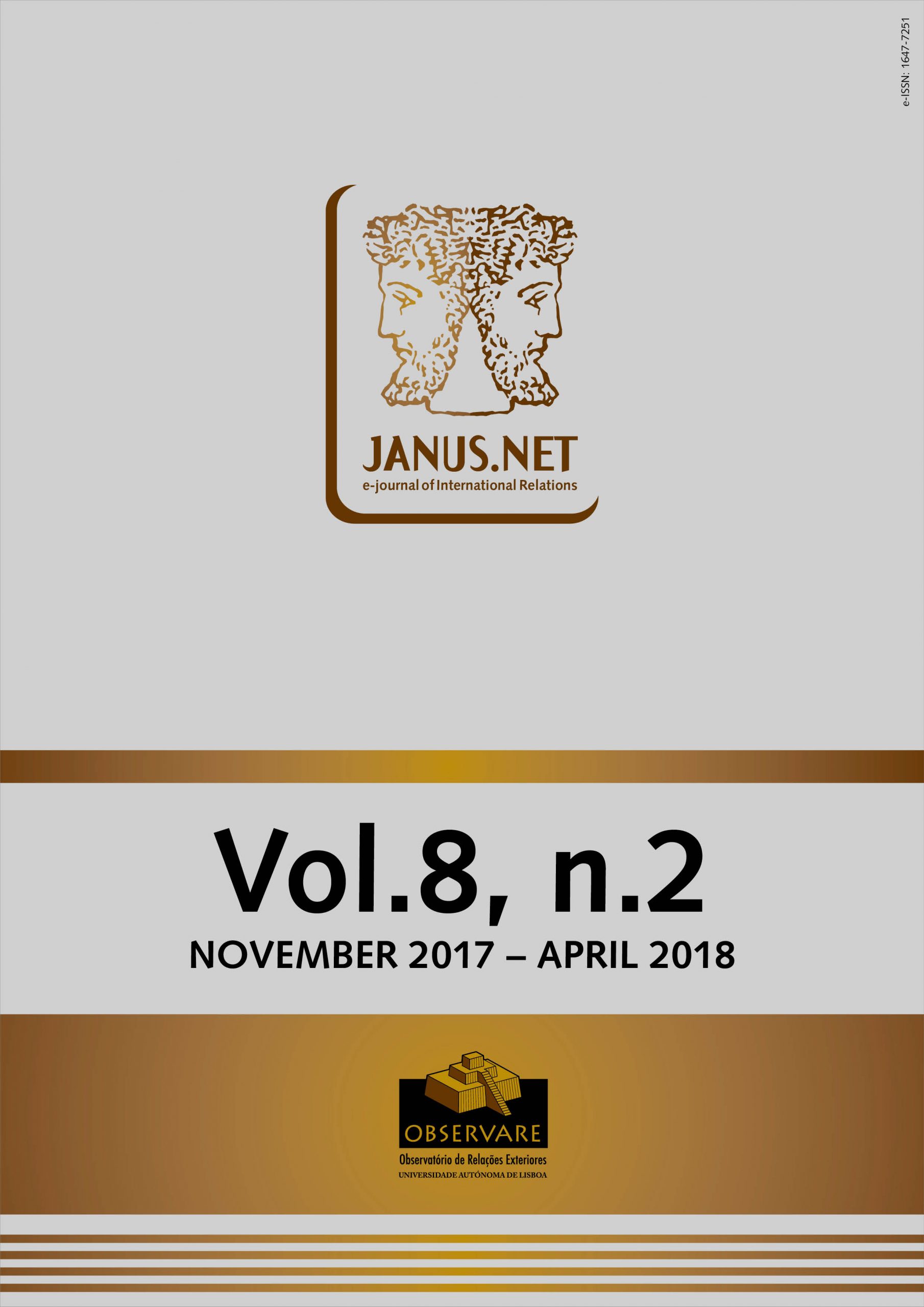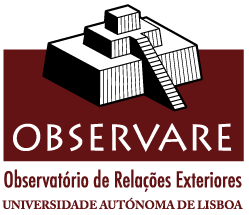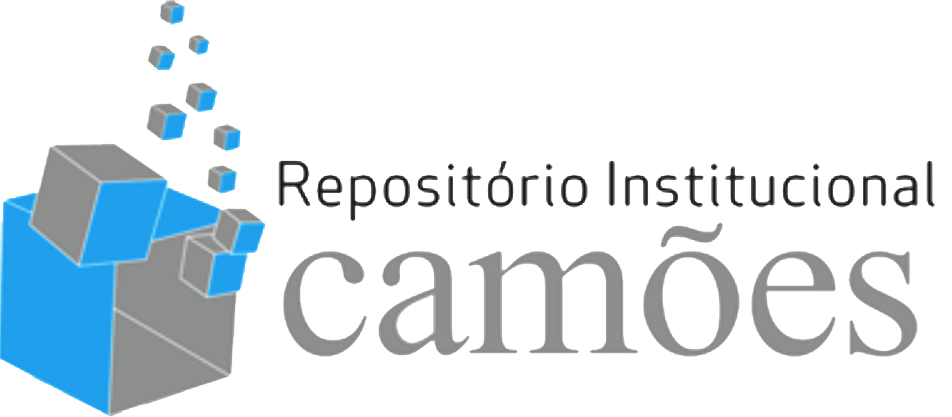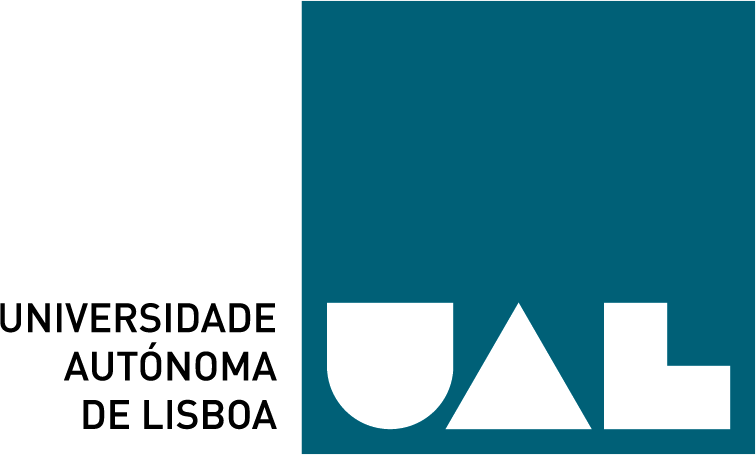The rapid spread of the information and communication technologies (ICTs) has changed the way social movements use Public Communication and will do so again in the future. This paper provides an analysis of the academic literature related to the influence of the ICT transformations on social movements and its consequences for social consent. The study is based on one of the dimensions of the R&D: “Social Production of Communication and Social Reproduction in the Globalization Era”. This is done through a content analysis of the representations offered by scientific institutions that mediate the social reproduction of meaning. Within the theoretical framework of the Social Production of Communication, the implemented analysis includes a corpus of 180 future scenarios from scientific and technical literature in this field. The findings suggest that the ICTs promote agreement between various social groups, but this might simultaneously trigger conflicts with other institutions or governments.
THE RELATIONSHIP BETWEEN SOCIAL MOVEMENTS, ICT AND SOCIAL CHANGE ACCORDING TO THE SCIENTIFIC COMMUNITY
PhD Student of Social Communication at Complutense University of Madrid (UCM, Spain) and Research Fellow at the UCM supported by the FPU national plan of the Spanish Ministry of Education, Culture and Sports. She received her BSC in Business and Touristic Activities (2002) from UNED, and her BSC in Advertisement and Public Relations (2011) from University Rey Juan Carlos, in which she earned the extraordinary end-of-course prize in 2011. MSc in Social
Communication (2013) from the UCM, she is currently a member of the Research Group “Social Identities and Communication” (UCM).
Resumo
Palavras-chave
Como citar este artigo
Casas, Belén (2017). “The Relationship between Social Movements, ICT and Social Change According to the Scientific Community”. JANUS.NET e-journal of International Relations, Vol. 8, Nº. 2, November 2017-April 2018. Consulted [online] on the date of last consultation, DOI: https://doi.org/10.26619/1647-7251.8.2.8
Article received on 17 May, 2017 and accepted for publication on 31 July, 2017















